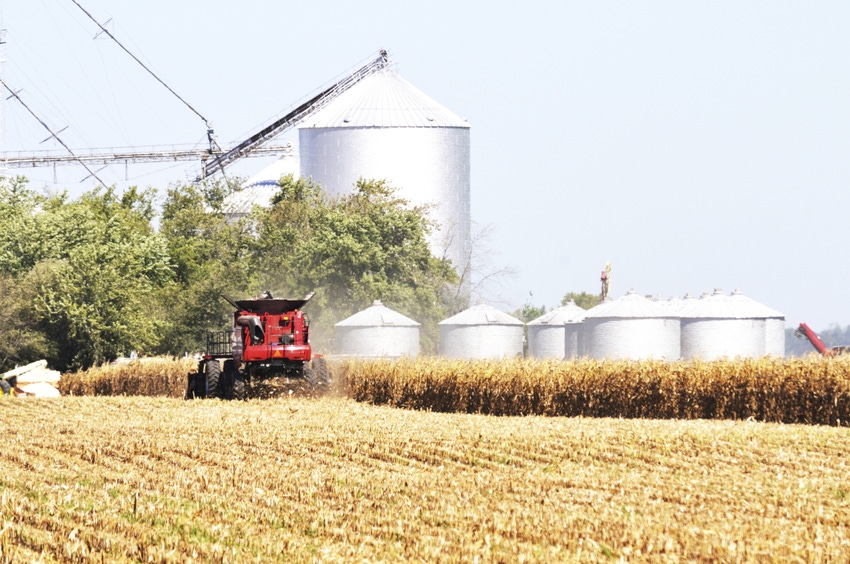Using seasonal forecasts and satellite data, researchers develop advanced corn yield prediction system for national and county levels.
September 28, 2018

Crop yield predictions are a key driver of regional economy and financial markets, affecting nearly the entire agricultural supply chain, according to an announcement from the University of Illinois. That's why economists, agricultural researchers, government agencies and private companies are working to improve the accuracy of these predictions.
The U.S. Department of Agriculture's monthly "World Agricultural Supply & Demand Estimates" (WASDE) report forecasts end-of-season yield based on real-time farmer surveys and analysis from the USDA National Agricultural Statistics Service; it's considered by many to be the "gold standard" for yield predictions.
However, researchers at the University of Illinois have developed a new method that may outperform USDA's WASDE figures in a scientifically rigorous and reproducible way, the announcement said.
"Using seasonal forecasts and satellite data, we developed a very advanced yield prediction system for both the national and county levels. Our research demonstrates that we can do better than the USDA's real-time estimation," said Kaiyu Guan, principal investigator on the Geophysical Research Letters study, assistant professor in the department of natural resources and environmental sciences (NRES) at the University of Illinois and Blue Waters professor at the National Center for Supercomputing Applications (NCSA).
Guan and his colleagues are not the first to use satellite data to try to predict crop yield, but their combined use of seasonal climate prediction with crop growth information from satellite imagery is unique, the university said.
The study evaluated the end-of-season accuracy of individual and combined data sources compared with the national maize yield forecast in the monthly WASDE reports.
"Compared with using historical climate information for the unknown future, which is what most previous research is based on, using seasonal climate prediction from the [National Oceanic & Atmospheric Administration's] National Centers for Environmental Prediction gave better forecasting performance, especially in reducing the uncertainties," said lead study author Bin Peng, a postdoctoral research associate in NRES and NCSA.
Guan added that "if we only use seasonal climate prediction data — temperature, rainfall and vapor pressure deficit — our predictions were no better than USDA's. It was only when we added the satellite data that we started to see the improvement. That's a clear indication that satellite data are extremely useful in this case."
The new approach allows more accurate end-of-season predictions to be made earlier in the season, the researchers said. At the end of the growing season, when the corn harvest is completed, it is possible to look back and evaluate the accuracy of the prediction of each previous month. Between 2010 and 2016, for example, the WASDE report for June was off, on average, by 17.66 bu. per acre. For the same time frame, Guan and Peng's system was off by only 12.75 bu. per acre. In August, WASDE was off by an average of 5.63 bu. per acre, whereas Guan and Peng's system got the number down to 4.37 bu.
"Improving our ability to predict crop yield is really important for many applications. Farmers want to know this information because it's directly related to the price they can expect. Economic forecasting and commodity market prices for corn and soybean hinge on this information. Also, logistics: Grain companies need to find out which places are producing grain and how much. Do they have the capacity to collect and process it? Crop insurance depends on this information, too. It's a problem that has lots of practical meaning," Guan said.
"The new system is implemented on Blue Waters, one of the most advanced supercomputers in the U.S.," Peng said. "We need a high-performance computing facility like Blue Waters to process the huge amount of seasonal climate prediction and satellite data."
The article, "Benefits of Seasonal Climate Prediction & Satellite Data for Forecasting U.S. Maize Yield," was published in Geophysical Research Letters. Additional co-authors include Ming Pan of Princeton University and Yan Li of NRES.
You May Also Like



